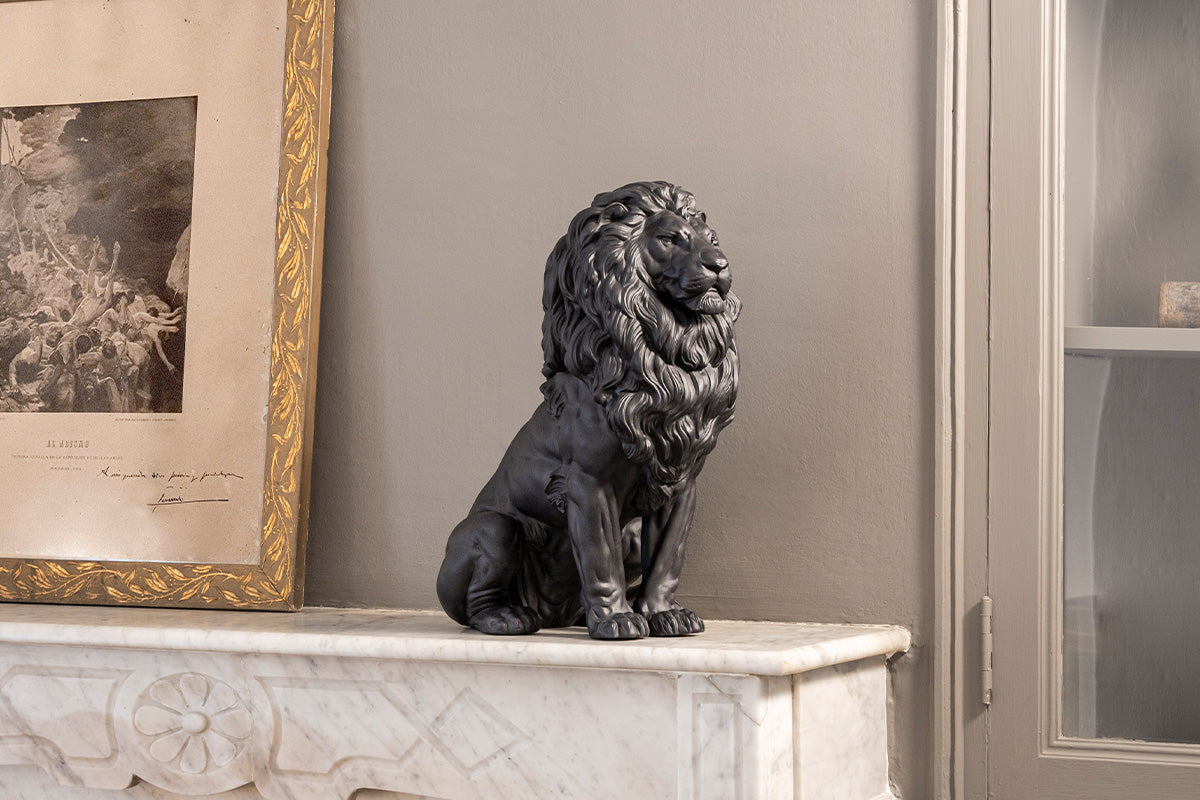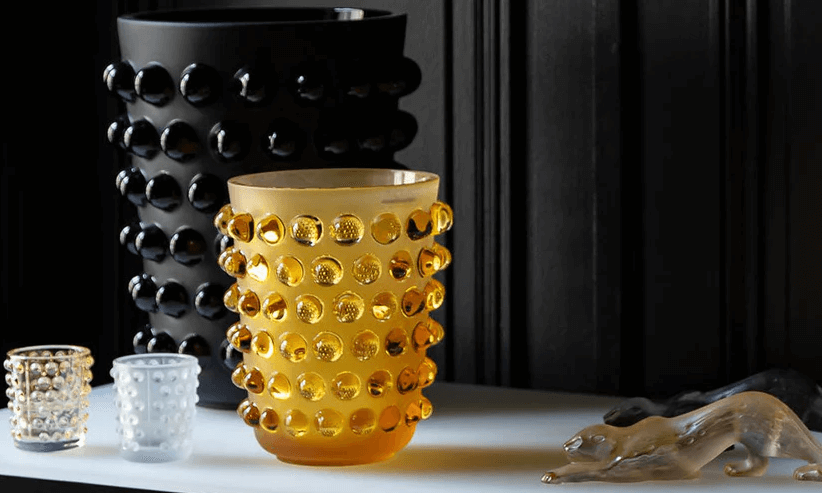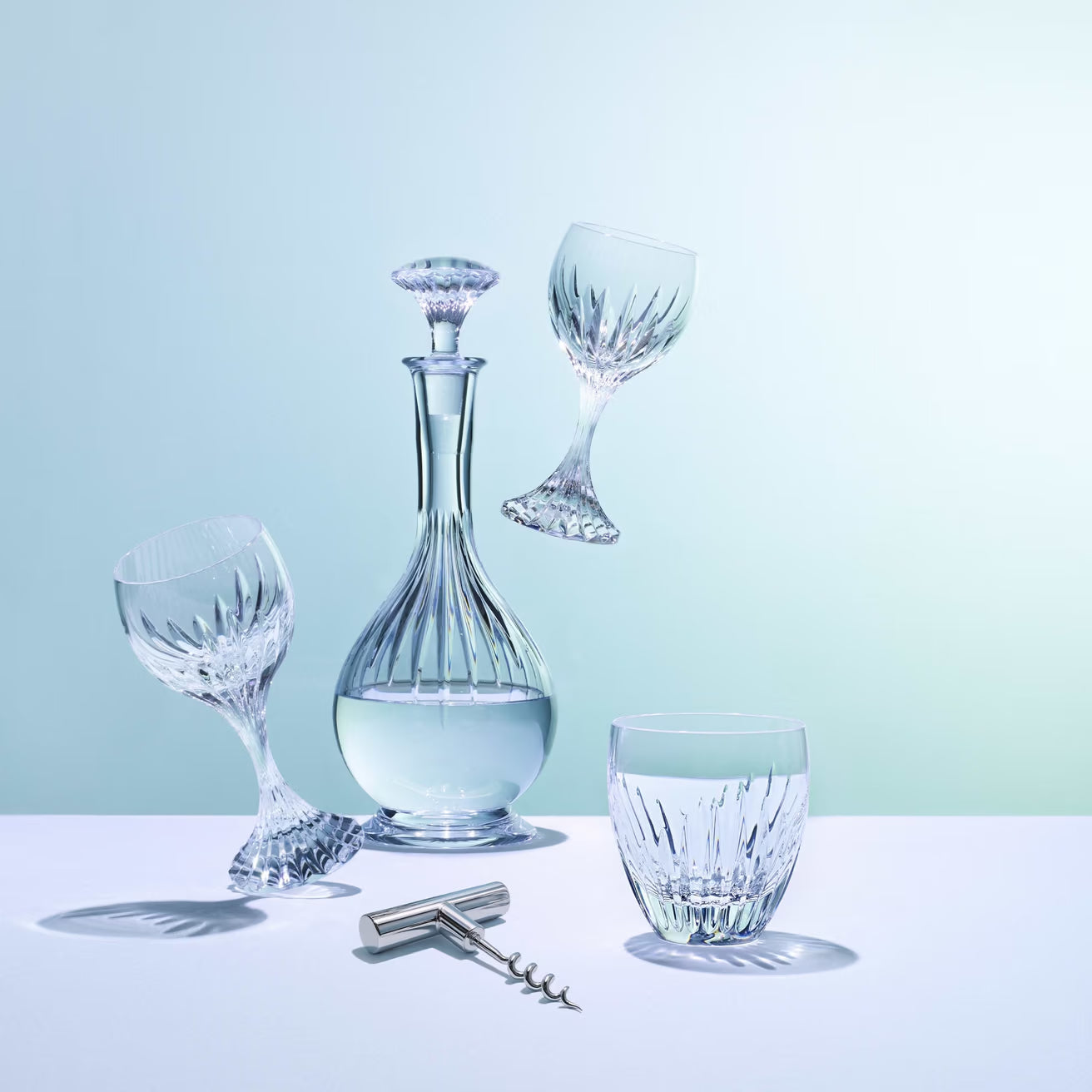Origami Art: Behind the Fold
Share

Origami. Although it is not an english word, most native speakers know that it refers to the art of folding paper. Origami is the Japanese art of making life-like creations by folding paper. The Japanese art of folding paper can be seen as many things, an activity, an art, a mathematical puzzle, a metaphor of life - all these describe origami. It is such a simple concept - you just need a piece of paper and you are ready to go. There’s no cutting or gluing the paper, and you are only folding and making creases in the paper to create what you’ve set out to make. Some look to origami as a way to entertain, while others find it has a calming, relaxing effect.
Lladró’s Matt White Origami Rabbit Figurine (left).
If you undo the folds and flatten the paper to be the a flat sheet that you started with, all the creases you’ve made on that sheet of paper remains, it never quite goes away. Just like our human scars, when you make a crease in paper, it is done and cannot be undone. But you can use that crease as a building block to create another shape or crease. This idea of transformation and cause and effect is why origami is taught at a very young age to children, to discover and understand the notions of suffering, pain and events of life as building blocks of life.
Best of all, it’s very simple. Everybody starts with the same square of paper, and the rules are also very clear, no cuts nor glue. Even with such restrained limits, one is able to create anything and if there are hundreds of possible creations, if not more.
THE BEAUTY OF ORIGAMI
The aesthetic appeal of origami lies in its geometric and minimalistic appearance. Origami celebrates the importance of minimalism in art. In creating a finished form, one has to reduce the original idea (say a crane) to not just an amalgamation of straight lines, but also figure out the few physical traits and likeness that would draw similarities between the two and give the viewer a visual reminder of what the origami is made to look like. More often than not, origami is made to look like natural things, such as flora and fauna, and to create a likeness to the original, the origami craftsperson has to simplify and focus on just a few key points and physical traits.
Lladró’s Matte Black Origami Panther Figurine (left), & Lladró’s White Origami Panther Figurine (right).
LLADRÓ’S ORIGAMI COLLECTION
The art of origami has influenced anything from architecture to footwear. The artisans at Lladró took on the challenge at crafting origami animals in porcelain to create that modern form in a more permanent material and manner. Undoubtedly, they’ve had to overcome challenges to create these pieces as straight lines and angular shapes don’t come naturally to them, and they’ve had to tweak some processes and step back from what came easy to them to create something that Lladró has never created before; the Origami Collection.
Europe had a tradition of paper folding, although specifically with napkins. It was popular in the 17th and 18th century, and was later forgotten, mostly because porcelain replaced intricate folded napkins as the new must-have status symbol at the dinner table amongst the rich. Now it’s come full circle and this style is now created, in porcelain, by Lladró.
Panther figurine in matt coral (left), and in matt blue (right).
Origami teaches us how to transform one form to another, that creating endless variations from one form is possible. It shows the endless options one has. It’s a metaphor of life that is so simple to understand. If one’s life is a sheet of paper, what would you create?








